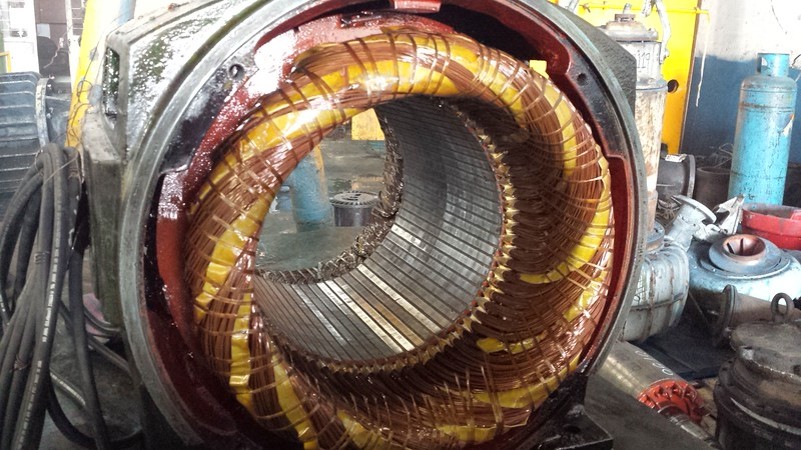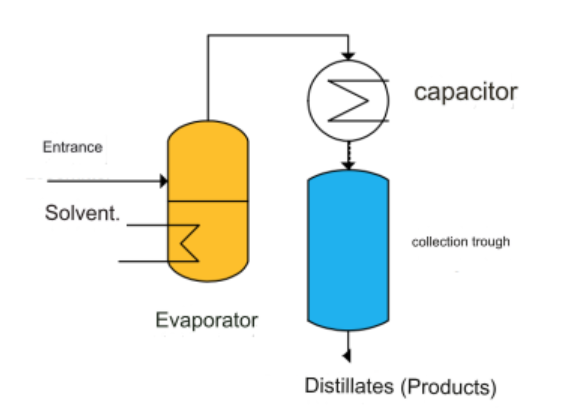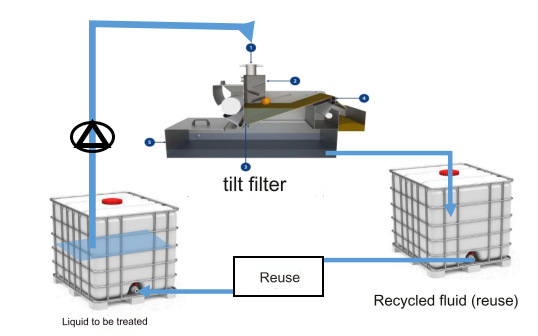Resin cleaning solution - how to replace the energy-consuming and dangerous method of general solvents?
Under the international trend of gradually requiring carbon reduction, the use of energy-intensive solvents will become increasingly distant.
The low-carbon and environmentally friendly PROLAQ system may be a better choice!!
Solvent distillation units and PROLAQ systems have different operating methods and characteristics. Solvent distillation systems can evaporate used solvent through heating and then condense it to recover purified solvent. However, this process requires specialized equipment and can be dangerous as it uses high temperatures and requires large amounts of energy.
Bio-Circle's PROLAQ system offers an alternative, safe and more environmentally friendly method of solvent purification and recovery. These systems use biological cleaners to break down oil, grease and other contaminants and can also be used to clean aqueous solutions. The cleaners used are non-toxic, non-flammable and easy to handle. The choice between a solvent distillation system and a PROLAQ system depends on the user's specific requirements and needs. Both systems have their pros and cons that need to be considered before making a decision.
▲Schematic diagram of recycling and using traditional solvent distillation
PROLAQ recycling system
Filtration with the PROLAQ L 400 offers significant financial savings. The cleaner is reusable without excessive energy consumption. It is filtered through a tilt filter or a deep bed belt filter. PROLAQ Recycling System Description:
Contaminated liquid is introduced into the filter from above (❶) and is evenly distributed over the entire width of the filter through the cascade box (❷). The filter is introduced into the water chamber from below (❸). Filtration occurs in the lower part of the slope, while post-dehydration of the resulting filter cake occurs further up the slope. Once a certain liquid level is reached above the filter cake, the fiber web is pulled upwards with the help of a belt motor. Use the scraper (❹) to separate the filter cake from the non-woven fabric, and roll up the non-woven fabric again through the reel. At the same time, the fresh non-woven fabric dragged at the lower end of the slope has lower flow resistance, which is why the liquid level drops again and the belt drive stops. The filtrate that has passed through the wool flows into the filtrate tank (❺) and is available for further use.
▲Schematic diagram of PROLAQ recycling system
| Recycling system comparison | Traditional solvent distillation | PROLAQ System |
| FAQs and Features |
|
|
| Danger signs |  |
No dangerous labels |
Glass fiber reinforced thermosetting plastic sheet molding material (SMC)
During the SMC production process, residues remain in the tank and must be cleaned with PROLAQ L 400.

▲PROLAQ recycling system diagram
Generator residual resin cleaning
The motor is electrically isolated using resin, usually epoxy. PROLAQ L 500 is used to clean motors after being immersed in resin to remove resin residue from the area to be cleaned.

▲Generator cleaning instructions
(Source: BC Inspiration - PROLAQ - Resin Cleaning)
CONTACT US
Kelly Chemical Corporation
Electronics
TEL:(02)2762-1985 ext 11200
Online Message
Leave your contact information,
and we will get in touch with you soon.
Email Consultation
After receiving your email,
we will process it as soon as possible.send Email

